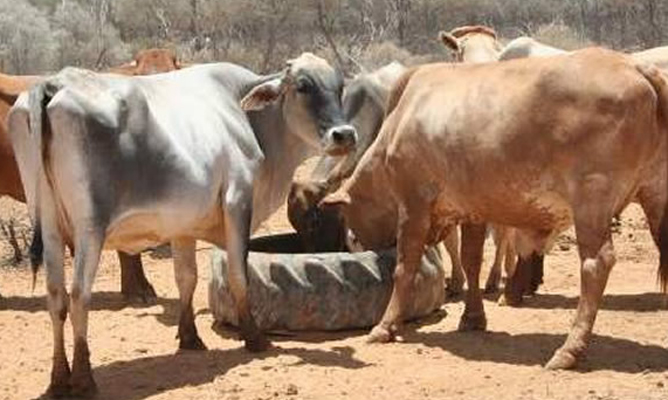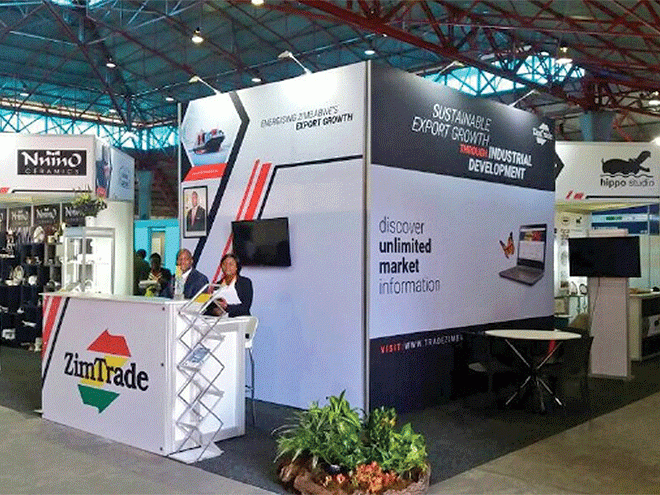
The livestock industry wants government to scrap value-added tax (VAT) on wheat and maize brans which are key raw materials in feed manufacture.
BY TONDERAYI MUKEREDZI
The industry says the two raw materials were not consumed directly in end-markets but used only as raw materials for feeds therefore removing VAT on them would lower costs of stockfeed production this would make the country’s livestock products more competitive relative to imports, they said.
The Livestock and Meat Advisory Council (LMAC), a grouping of players in the livestock and meat industry, also called for the removal of VAT on sheep and goat meat in line with the policy for the other meats, to encourage commercialisation of the two species.
“There is need to reduce cost of compliance with regulations in the livestock value chain. Specifically, there is need to reduce rural district council’s levies in livestock marketing, streamline import permit applications to reduce fees and delays for imports of feed raw materials, fertilised eggs and breeder day-old chicks,” LMAC said in its submissions towards the 2015 mid-term fiscal review policy.
The council called for protection of dairy farms from further land acquisitions to stimulate on-farm investments, and exhorted government to make adequate provision for maize imports that take into account the requirements of the stockfeed sector.
LMAC said planning for maize imports must consider that the region may not have enough maize to supply the country’s entire shortfall, thus, it may be necessary to look beyond Africa for available maize.
Maize constitutes the largest ingredient in the manufacture of stockfeeds. A good 2014 maize harvest enabled the feeds sector to meet most of its requirements from local production. However, as local production began to dwindle in December last year, and during the first quarter of the year, the feeds sector has been partly dependent on imports from Zambia, which had a surplus harvest in 2014.
- Chamisa under fire over US$120K donation
- Mavhunga puts DeMbare into Chibuku quarterfinals
- Pension funds bet on Cabora Bassa oilfields
- Councils defy govt fire tender directive
Keep Reading
High local maize prices, which were pegged at $390 per metric tonne (mt) in 2014 helped maintain high stockfeed prices. This was despite the fact that imports from Zambia landed in the country at between $310 and $330 per mt during the period.
LMAC said the second half of the year will likely prove very trying for the stockfeed sector due to a poor 2014-15 rainy season.
The latest national crop estimates indicate that only 742 000mt of maize was produced this year, leaving a cereal supply gap of about 650 000mt for human consumption.
Last year, the feed industry used 204 000mt of maize and the industry estimates that an extra 150 000mt is used by on-farm feed mixers, which pushes up the total maize requirements for the livestock feed sector to an estimated 354 000mt.
The council estimates that Zimbabwe needs to import approximately one million tonnes of maize.
The feed industry continues to grow largely on the back of the poultry industry, which accounts for 70% of stockfeeds produced. In 2014, the industry produced 449 000mt of feed compared with 401 000mt in 2013 and 335 000mt in 2012.
Capacity utilisation for the industry remains very low at 29% leading to high fixed costs per unit of produced stockfeed.











